When it comes to car safety features, there’s no shortage of myths and misconceptions. From misunderstandings about airbags to confusion over anti-lock brakes, many drivers hold onto outdated or incorrect beliefs that could impact their safety on the road. In this article, we’ll debunk 15 common misconceptions about car safety features, setting the record straight and helping you stay better informed behind the wheel.
Contents
Airbags Are All You Need for Safety
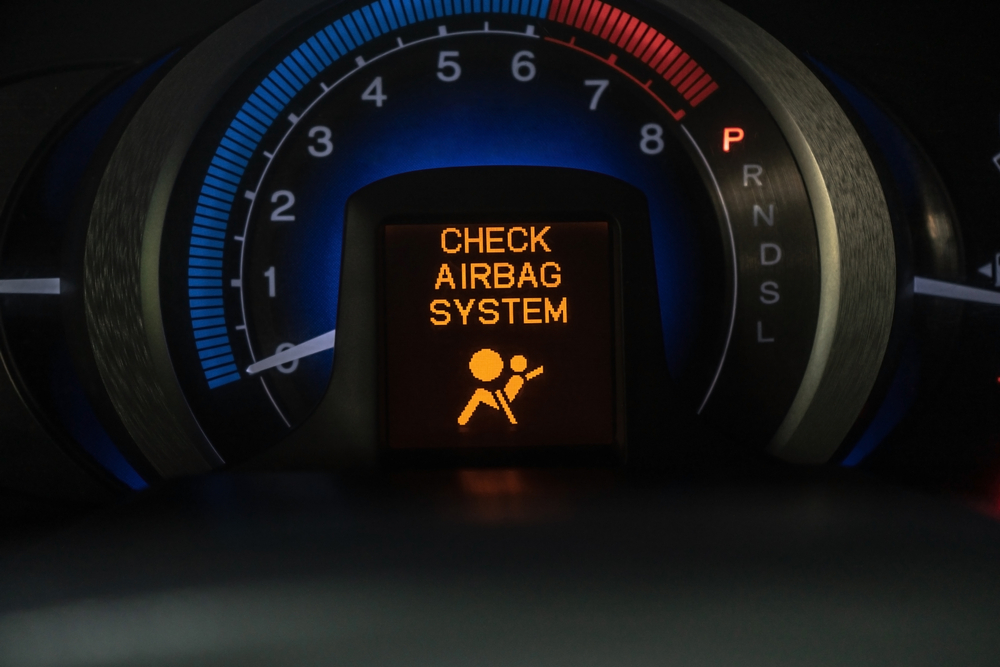
While airbags are a crucial safety feature, they are designed to work in conjunction with seatbelts. Airbags provide additional protection in a collision by reducing the impact on occupants, but without seatbelts, they may not function as effectively and could even cause injury. A comprehensive safety system includes seatbelts, airbags, and other features like electronic stability control and crumple zones.
Anti-Lock Brakes (ABS) Shorten Stopping Distance on All Surfaces
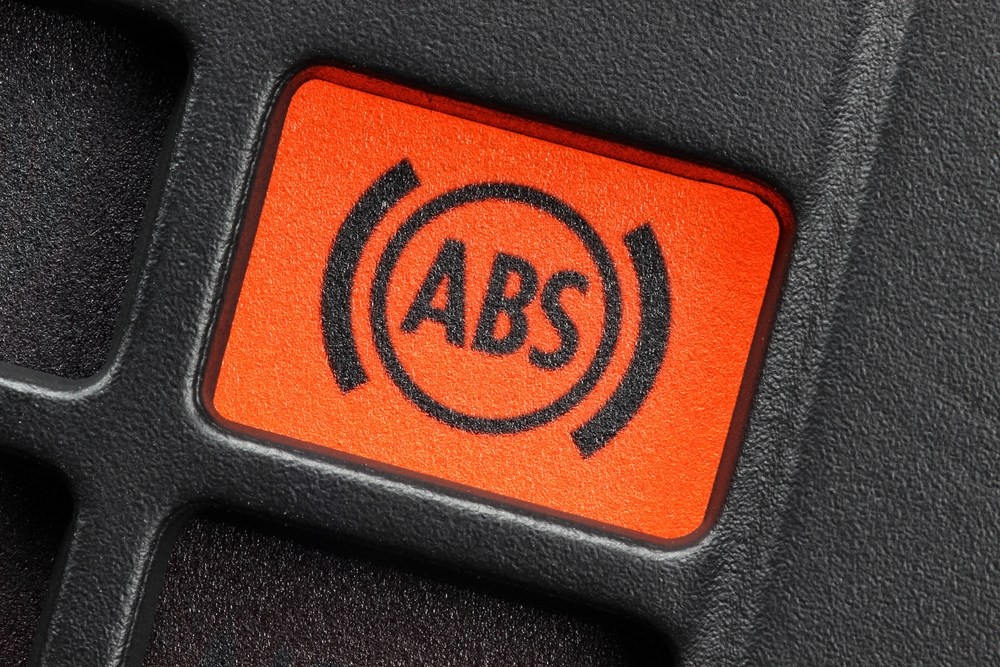
Anti-lock brakes (ABS) are designed to prevent wheels from locking up during braking, maintaining steering control. However, ABS does not necessarily shorten stopping distances on all surfaces. On loose surfaces like gravel or snow, ABS may actually increase stopping distance, but it allows the driver to maintain control of the vehicle, which can be crucial in avoiding obstacles.
All-Wheel Drive Improves Braking
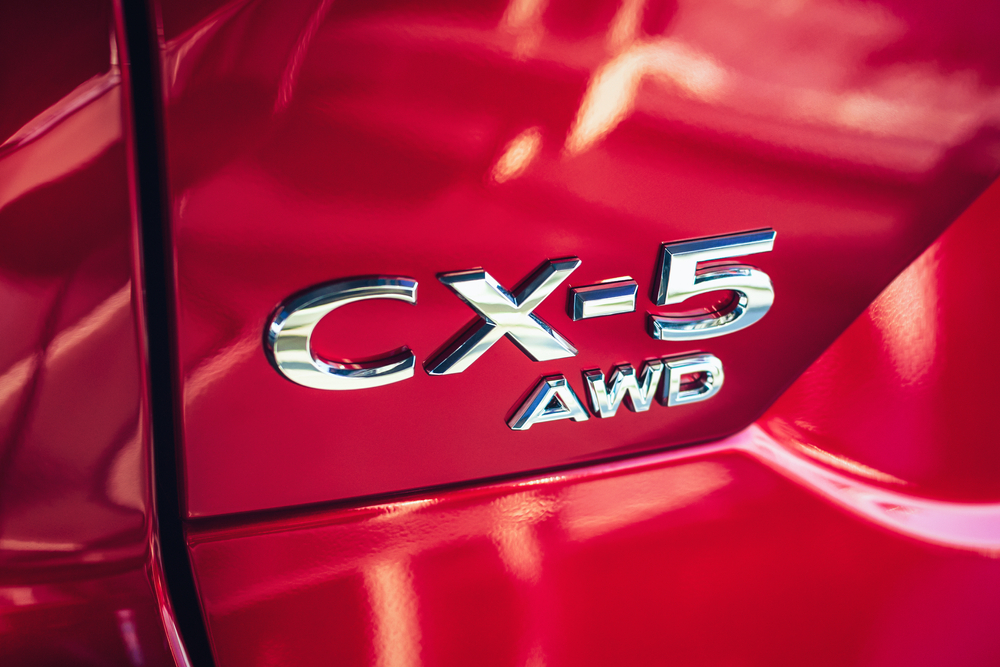
All-wheel drive (AWD) enhances traction by distributing power to all four wheels, improving acceleration and stability in various driving conditions. However, it does not improve braking performance. Braking relies on the vehicle’s braking system, tires, and road conditions. AWD can help maintain control during acceleration and cornering but offers no advantage when it comes to stopping.
Crumple Zones Make Cars Less Safe
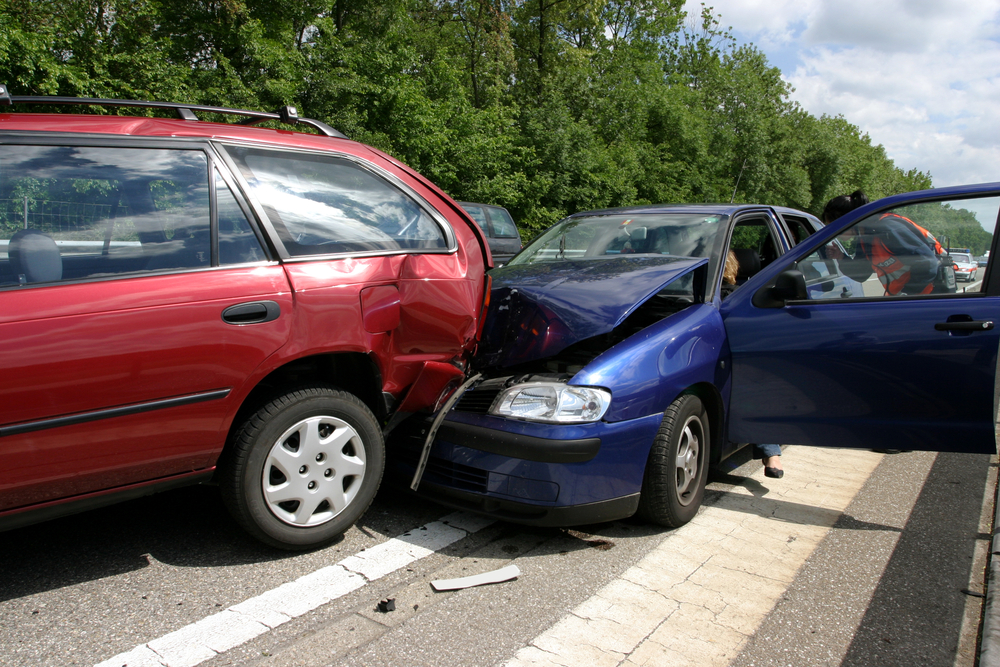
Crumple zones are designed to absorb and dissipate energy during a collision, reducing the force transmitted to occupants. Some people mistakenly believe that crumple zones make cars less safe by making them less rigid. In reality, crumple zones enhance safety by controlling the crash forces and preventing them from reaching the passenger cabin, thereby protecting occupants.
Bigger Cars Are Always Safer
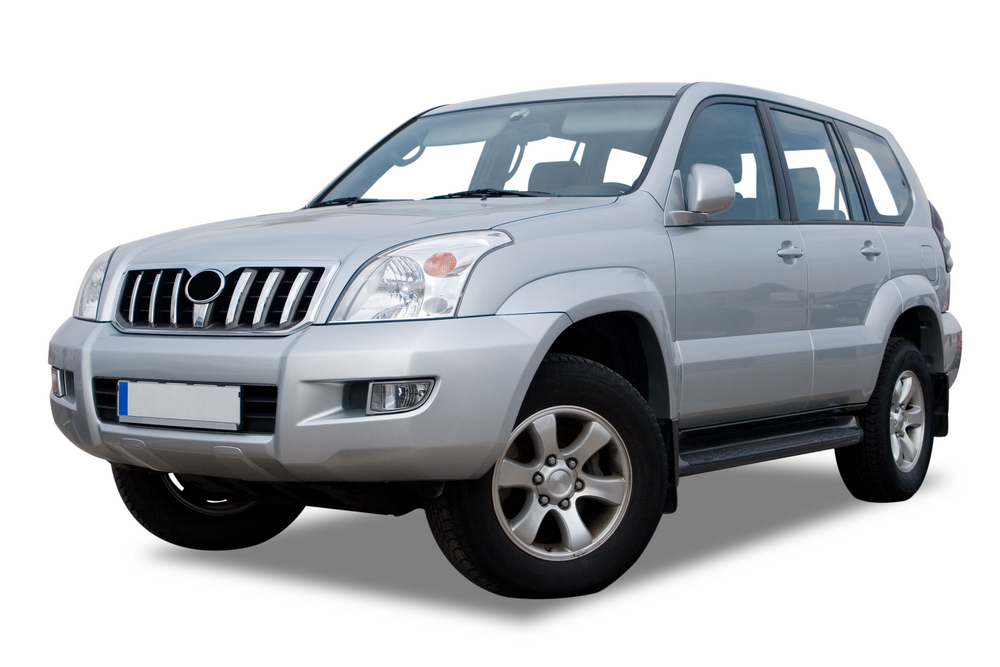
While larger vehicles often provide more protection in a collision due to their size and weight, they are not automatically safer. Modern small and mid-sized cars equipped with advanced safety features can offer superior protection. Safety depends on the vehicle’s design, safety features, and crashworthiness, not just its size.
New Cars Are Automatically Safer Than Older Models
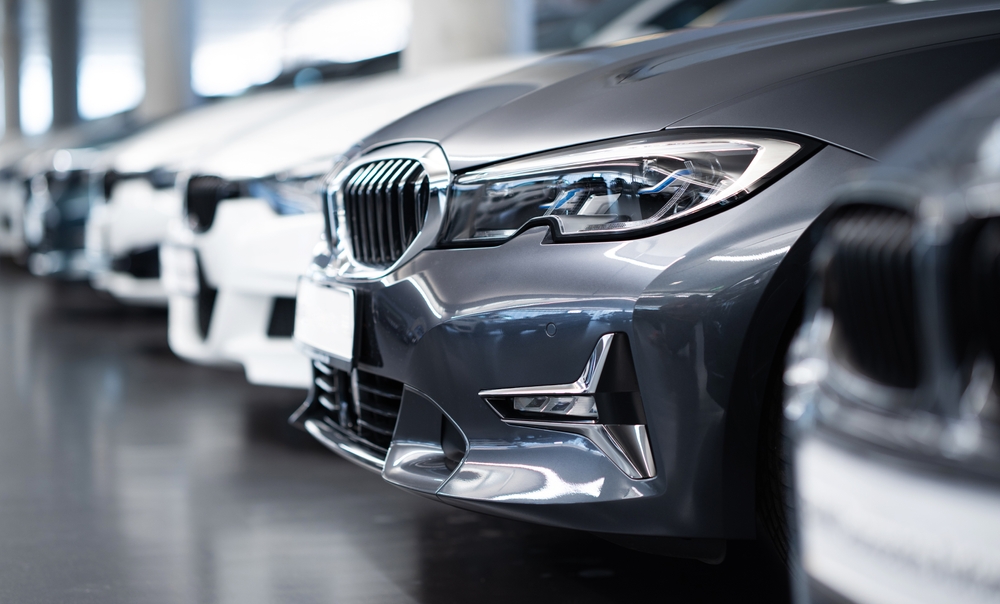
Newer cars typically come with the latest safety technology, but not all new cars are created equal. The safety of a vehicle depends on its design, build quality, and the safety features it includes. It’s essential to look at crash test ratings and the specific safety features of each vehicle, rather than assuming that a newer model is inherently safer than an older one.
Seatbelts Aren’t Necessary If You Have Airbags

Airbags are designed to work in tandem with seatbelts, not as a replacement. Seatbelts secure occupants in place, ensuring that airbags can deploy effectively. Without seatbelts, occupants can be thrown into airbags with excessive force, potentially causing injury. Both seatbelts and airbags are essential for maximum protection in a crash.
Lane Departure Warning Prevents All Lane-Change Accidents
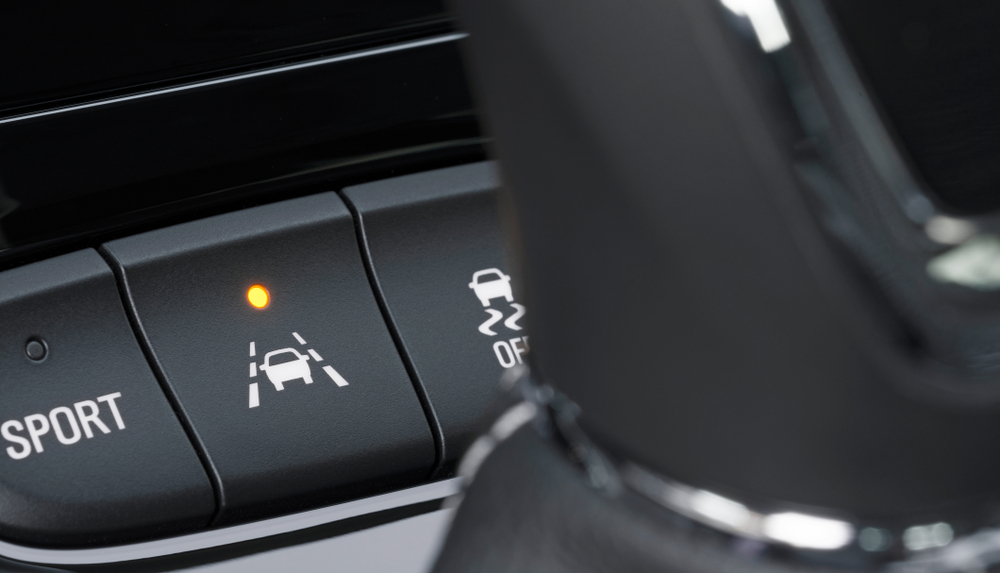
Lane departure warning systems alert drivers when they unintentionally drift out of their lane, but they do not prevent all lane-change accidents. These systems rely on cameras and sensors, which may not always function perfectly in adverse weather or poor road conditions. Drivers must still remain attentive and in control of their vehicle.
Backup Cameras Eliminate the Need to Look Back
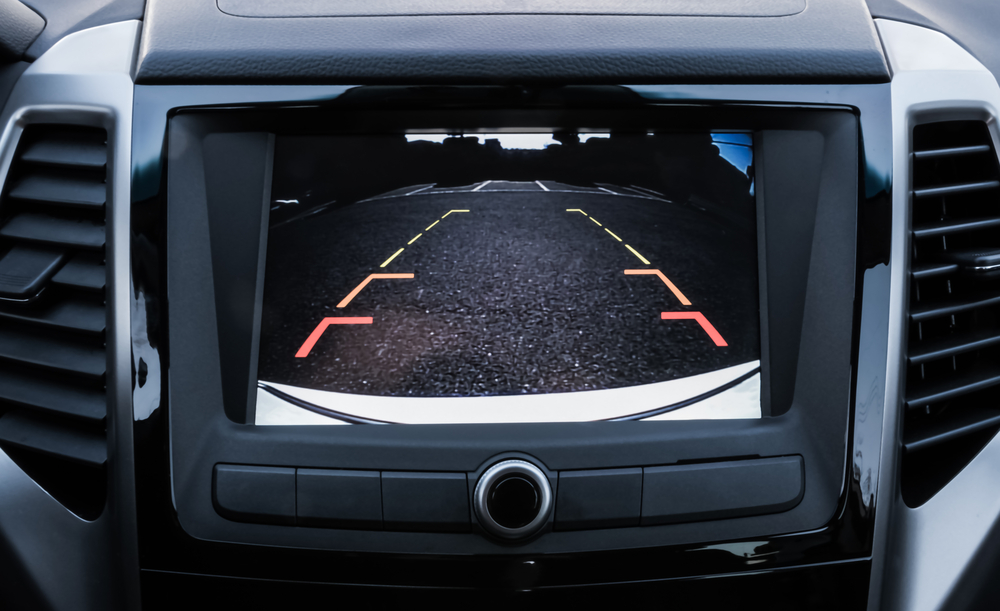
Backup cameras provide a helpful view of the area directly behind a vehicle, but they should not replace turning around and checking blind spots. Cameras have limitations, including reduced visibility in low light or inclement weather. Drivers should use backup cameras as an aid, not a sole source of information when reversing.
Electronic Stability Control (ESC) Prevents All Skids
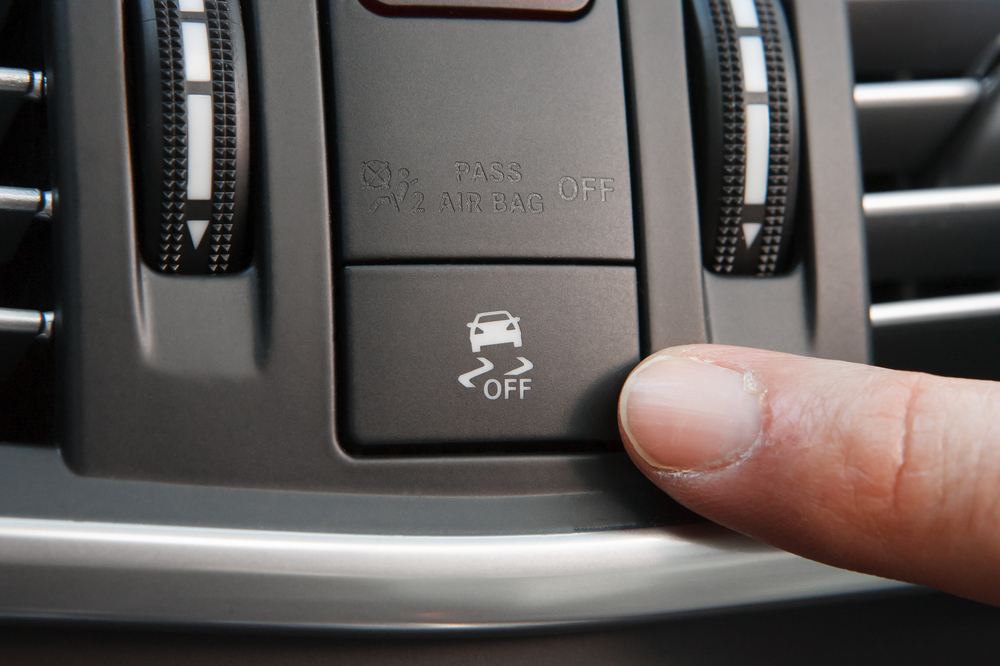
Electronic Stability Control (ESC) helps maintain control by automatically applying brakes to individual wheels when it detects a loss of steering control. However, ESC cannot prevent all skids, especially if a driver is traveling too fast for conditions or makes sudden, aggressive maneuvers. It’s a valuable tool, but not a foolproof solution.
Traction Control Is the Same as All-Wheel Drive
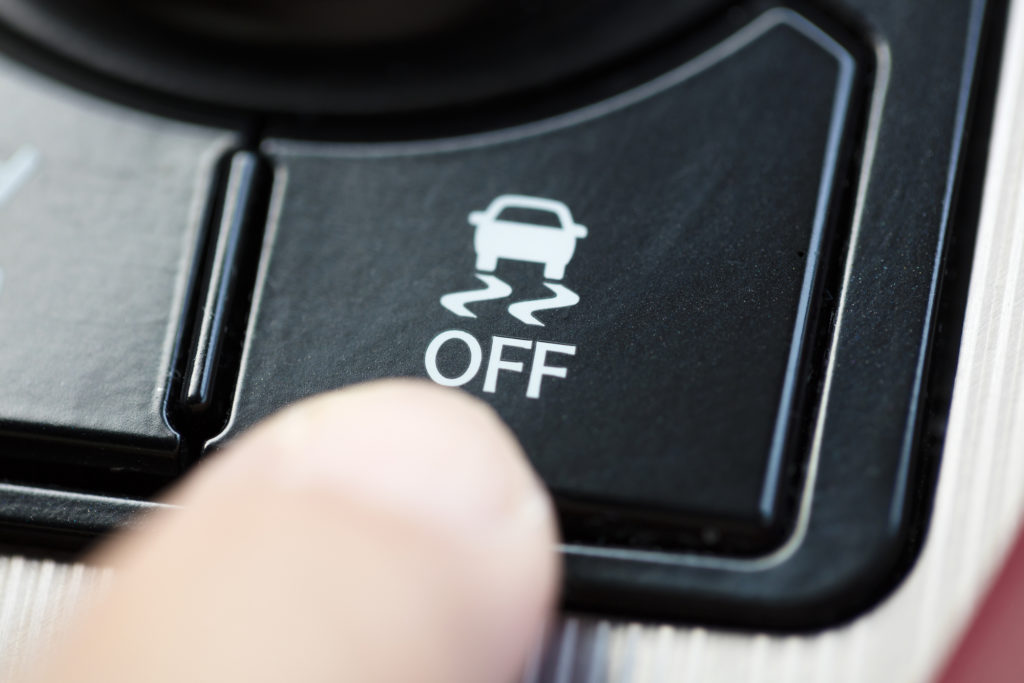
Traction control and all-wheel drive serve different purposes. Traction control limits wheel spin by adjusting engine power and applying brakes to specific wheels, improving grip during acceleration. All-wheel drive distributes power to all four wheels for better traction overall. Both systems enhance vehicle stability but are not interchangeable.
Hands-Free Technology Eliminates Distracted Driving
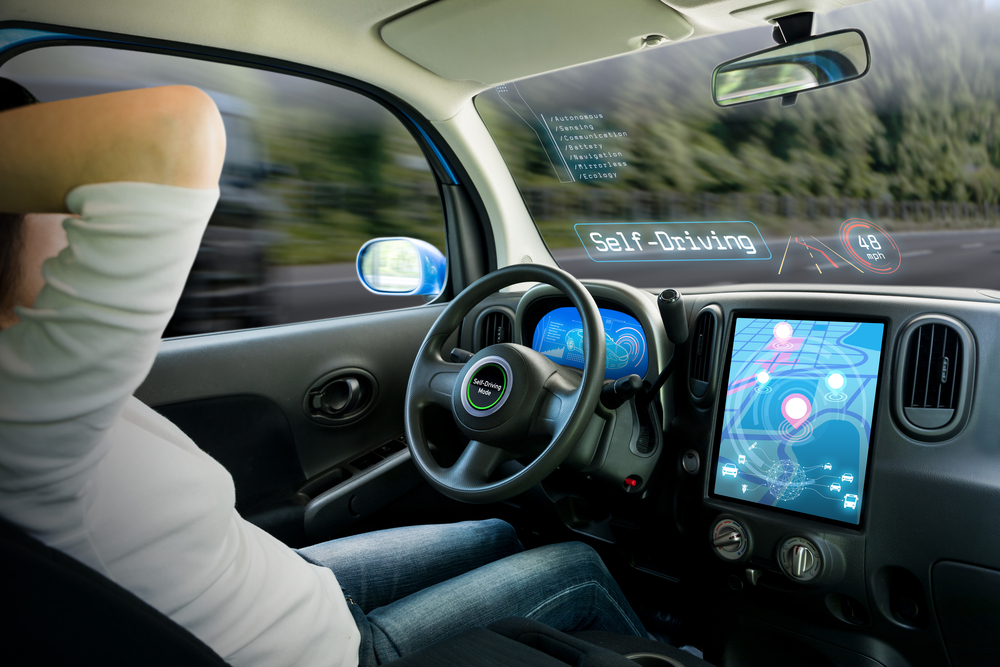
Hands-free technology allows drivers to use voice commands and controls without taking their hands off the wheel, but it does not eliminate distracted driving. Cognitive distraction—where a driver’s mind is not fully focused on driving—can still occur. It’s important to stay aware and minimize distractions, even with hands-free devices.
Daytime Running Lights Are Just a Gimmick
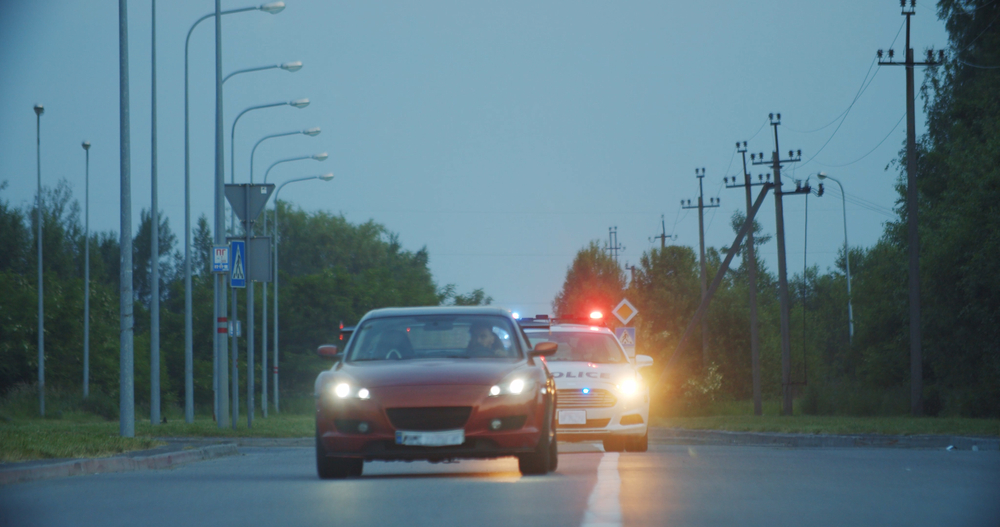
Daytime running lights (DRLs) improve vehicle visibility during daylight hours, reducing the risk of collisions. They are not just a gimmick; studies have shown that DRLs can decrease the likelihood of accidents by making vehicles more noticeable to other drivers, pedestrians, and cyclists.
More Airbags Always Mean Better Safety
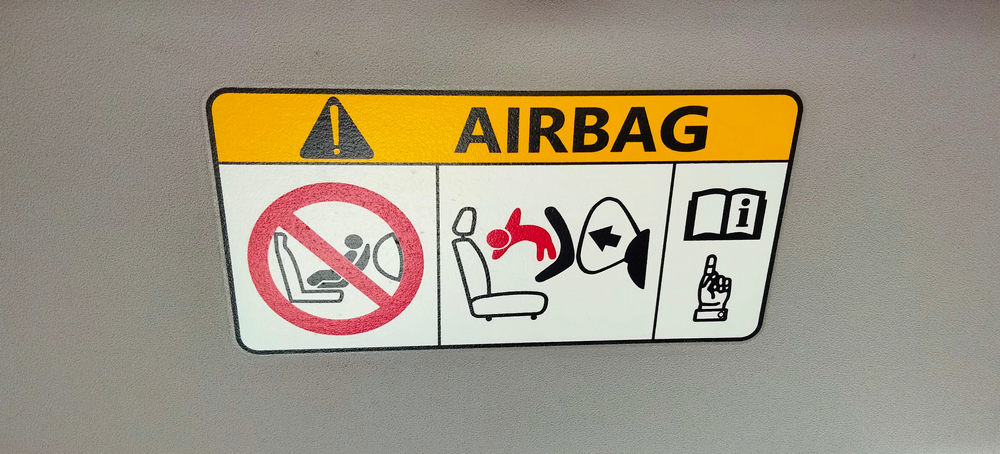
While airbags enhance safety, more is not always better. The placement and type of airbags are crucial. Side, curtain, and knee airbags provide additional protection, but the effectiveness of an airbag system depends on proper integration and deployment timing. Quality and strategic placement matter more than sheer quantity.
Headrests Are Only for Comfort
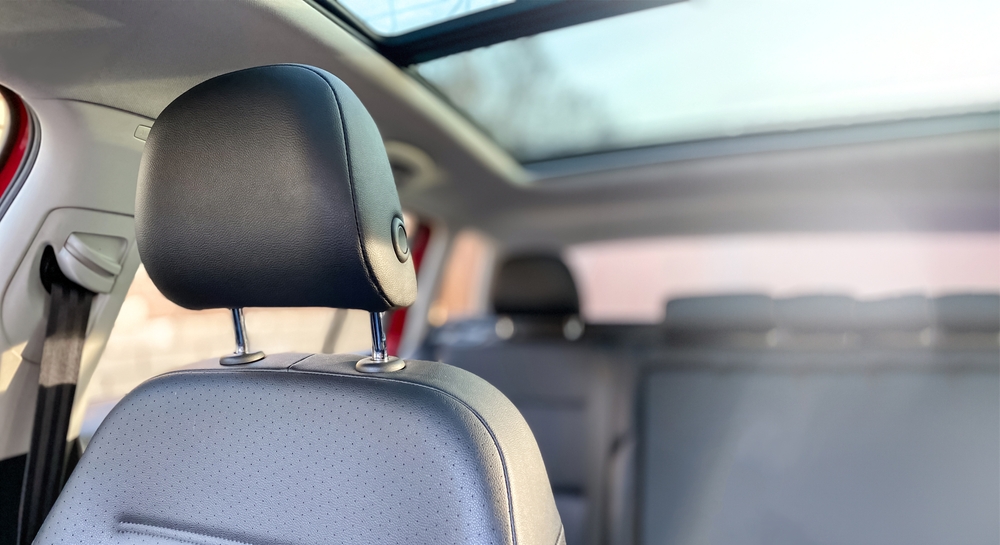
Headrests, or head restraints, are designed to prevent whiplash injuries by supporting the head during a rear-end collision. Properly adjusted headrests can significantly reduce the risk of neck injuries. They are a critical safety feature, not just a comfort item.
This article originally appeared in MyCarMakesNoise.
More from MyCarMakesNoise
The 18 Biggest Drawbacks of Electric Cars in 2024

Electric cars have become increasingly popular, but they’re not without their challenges. While they offer impressive technology and eco-friendly benefits, there are still significant drawbacks to consider. Read More.
Top 10 Best-Selling Jeep Models in History
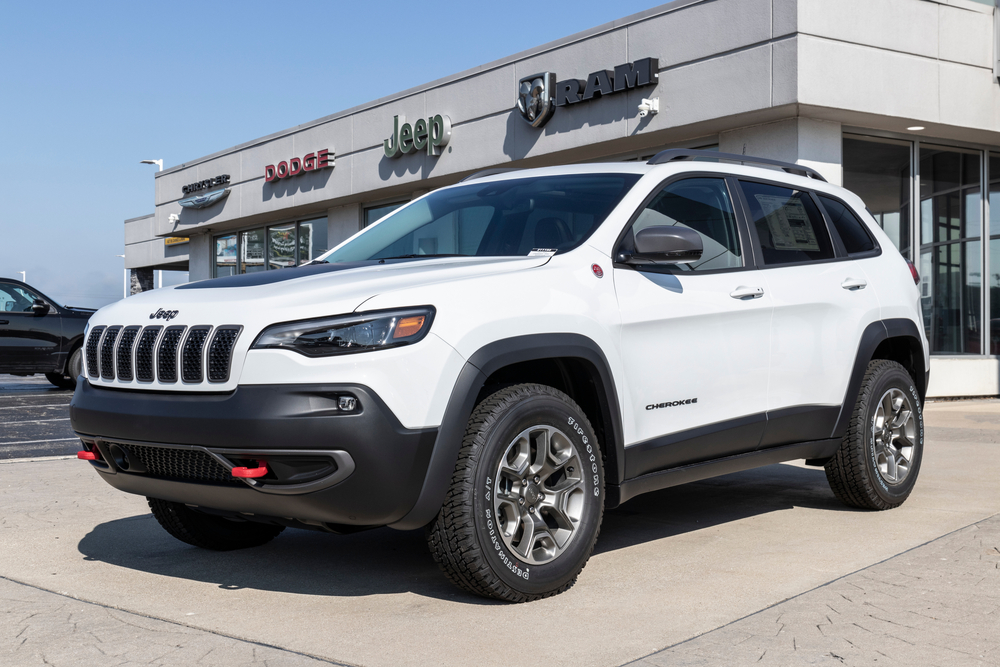
Jeeps have long been synonymous with adventure, durability, and the spirit of off-roading. Over the years, this iconic brand has produced a range of vehicles that have not only conquered rough terrains but also captured the hearts of car enthusiasts around the world. Read More.
10 Public Transit Innovations That Transformed American Infrastructure

The United States has a rich history of public transportation, with various vehicles playing pivotal roles in shaping its urban landscapes and influencing the daily lives of millions. Here’s a list of 10 of the most influential public transportation vehicles in the U.S., each with its own unique impact and story. Read More.














